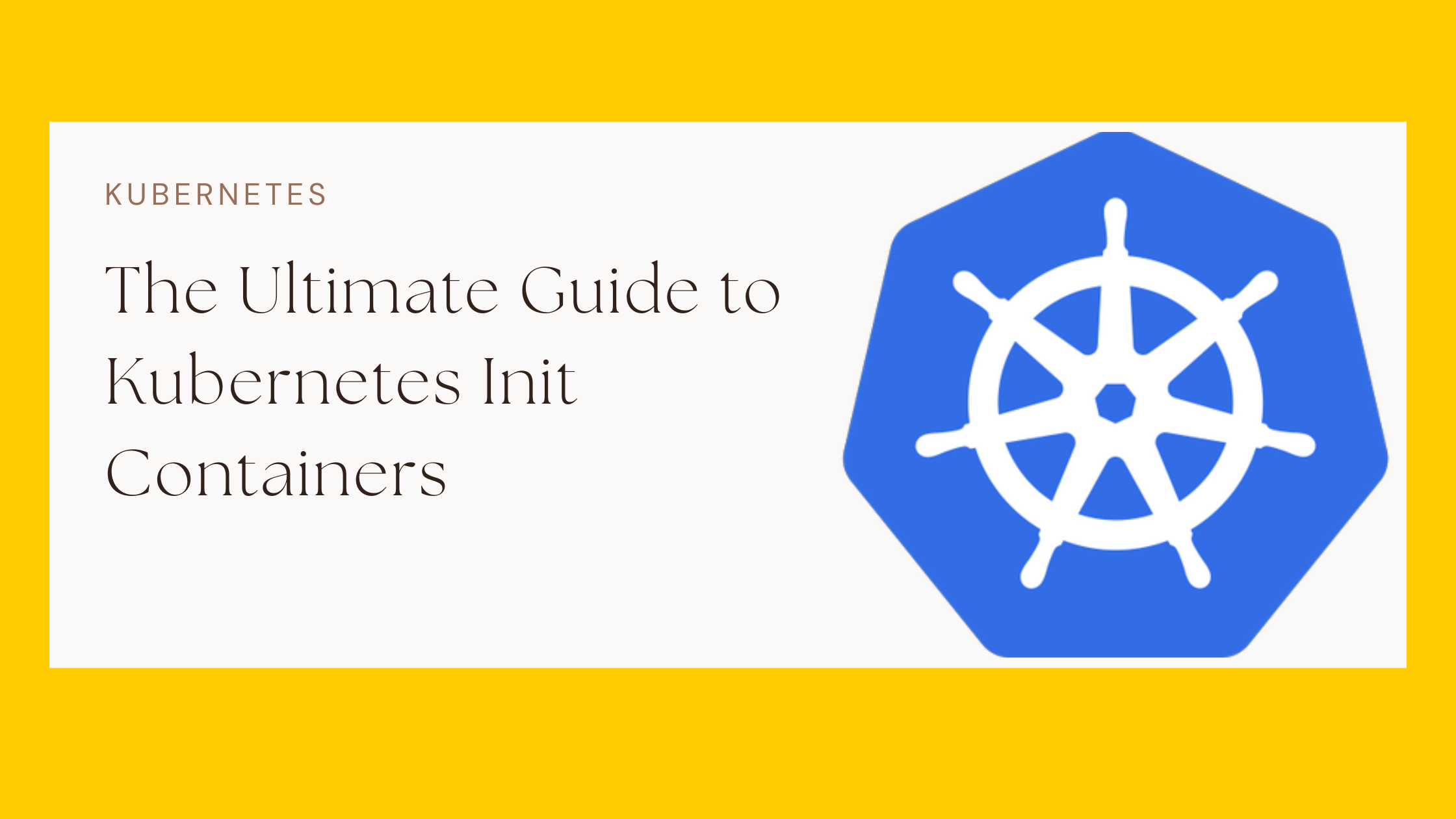How to List All Available Charts in a Helm Repository
Helm is the go-to package manager for Kubernetes, making it easy to deploy and manage applications using pre-configured Helm charts. Often, you may need to list all available charts in a Helm repository to find the one that best fits your requirements.
In this guide, we'll explore different ways to list Helm charts in a repository, how to update your repository cache, and filter charts using specific patterns.
Listing Helm Charts in a Repository
To list all available charts in a Helm repository, you can use the following command:
helm search repo <repo-name>
This command searches the specified repository (<repo-name>) and lists all available charts. If you want to search across all added repositories, you can simply run:
helm search repo
Example:
If you have added a repository, such as Bitnami, you can list all its charts using:
helm search repo bitnami
Sample Output:
NAME CHART VERSION APP VERSION DESCRIPTION
bitnami/apache 9.1.0 2.4.54 Chart for Apache HTTP Server
bitnami/mysql 8.8.8 8.0.33 Chart for MySQL database
bitnami/redis 17.3.4 7.0.12 Chart for Redis in-memory database
Searching for Specific Charts in a Repository
If you want to search for charts in a specific repository that match a pattern, you can use a partial name. For example, to search for all charts in the Bitnami repository that start with "ap":
helm search repo bitnami/ap
Example Output:
NAME CHART VERSION APP VERSION DESCRIPTION
bitnami/apache 9.1.0 2.4.54 Chart for Apache HTTP Server
bitnami/appsmith 1.2.3 1.9.0 Chart for Appsmith low-code development platform
This allows you to filter results based on chart names within a specific repository.

Updating the Helm Repository Cache
Before listing charts, it's a good practice to update your local repository cache to ensure you get the latest available charts. Use the following command:
helm repo update
This synchronizes the latest chart list from all configured repositories.
Adding and Searching a New Helm Repository
If you want to explore charts from a specific repository, you first need to add it. For example, to add the Bitnami Helm repository:
helm repo add bitnami https://charts.bitnami.com/bitnami
helm repo update
Now, you can list available charts using:
helm search repo bitnami

FAQs
1. How do I list all Helm charts available in a repository?
Run the following command to list all charts in a specific repository:
helm search repo <repo-name>
2. How do I search for a specific Helm chart?
Use a keyword after the repository name to filter results:
helm search repo bitnami/mysql
3. How do I update my Helm repository list?
To refresh the chart list, use:
helm repo update
4. Can I list charts from multiple repositories at once?
Yes, simply run:
helm search repo
This will return charts from all added repositories.
5. What should I do if a Helm chart is missing from the repository?
First, update the repository:
helm repo update
If the issue persists, check the official Helm chart repository for updates.

Conclusion
Listing all available Helm charts in a repository is essential for discovering and deploying applications efficiently in Kubernetes. By using helm search repo, you can quickly browse through available charts and select the best one for your deployment.
Looking for more Helm chart examples and Kubernetes best practices? Stay tuned to Bootvar for more insightful guides!



Member discussion